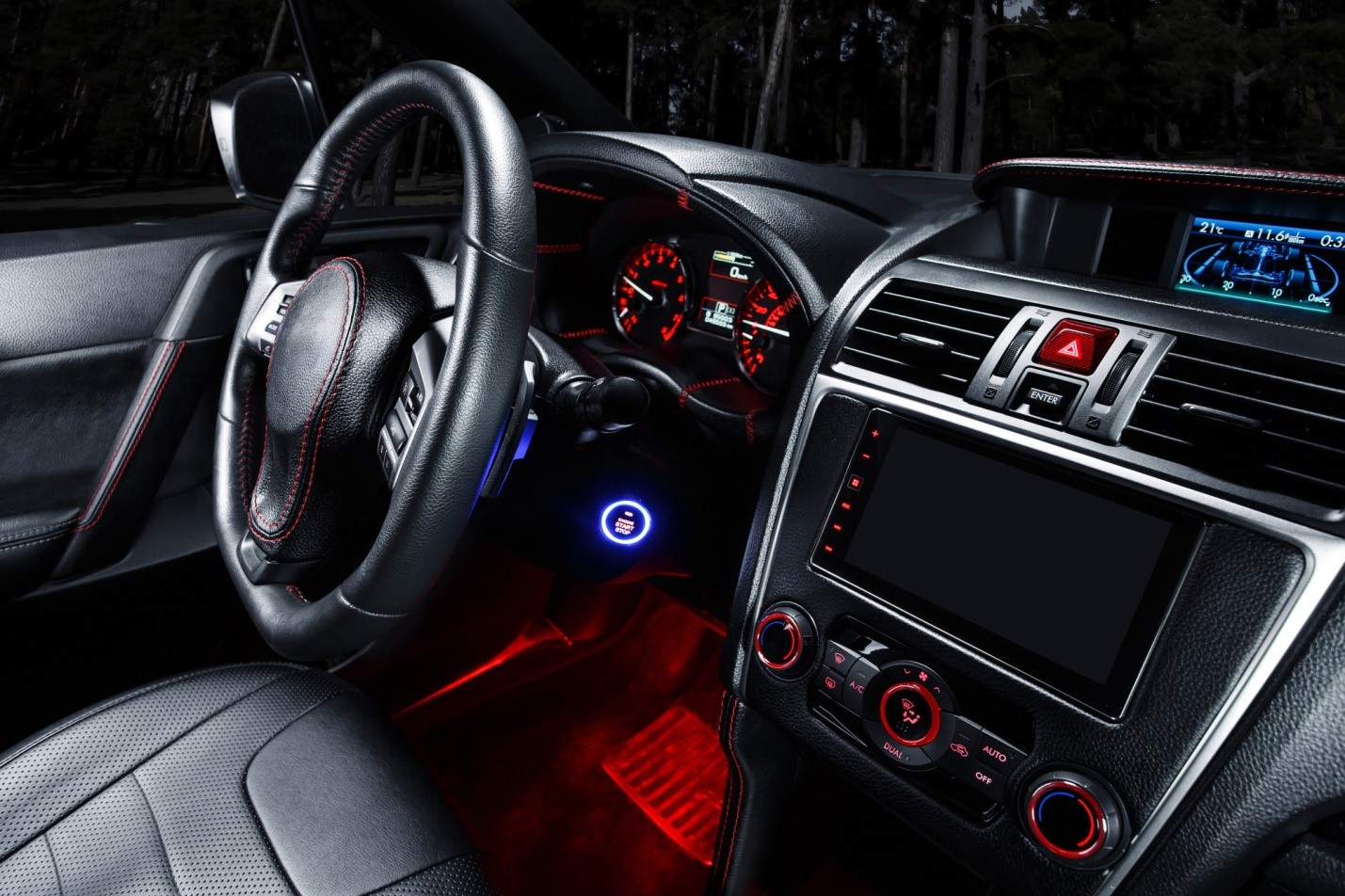Mixing concrete is a basic skill that all DIY enthusiasts should know how to do. Concrete is one of the most common and inexpensive construction materials on the planet being comprised mostly of sand, gravel and cement.
Mixing concrete is similar to baking in that to achieve consistent results it is best to follow a specific recipe. There are a multitude of different concrete mixes for different applications depending on the strength, workability and application for the concrete.
Mixing concrete is very much a science for professionals, but to the average backyard enthusiast, learning the basics of concrete is enough to get you started.
When mixing concrete you will need to mix aggregates such as sand and gravel along with cement powder and water as a catalyst to begin the chemical process of bonding the ingredients together. Mixing concrete is a function of proportions where you will measure the volume of aggregate used to the volume of cement used.
The most common concrete mix used worldwide is the 3-2-1 mix which uses three parts gravel, two parts sand and one part cement. Water is added with the idea that you should use as little water as possible to make the concrete workable for what you need it for. Concrete viscosity is measured by “slump” which refers to a specific test where the amount that a cone filed with concrete will lose its shape once the cone is removed is measured in inches or mm. A concrete with zero slump would be very rigid and dry and inclined to hold its shape, where a concrete with a slump of six inches or more would be extremely wet and not inclined to hold a shape.
The 3-2-1 mix is so widely used since you can fill large areas with concrete for relatively cheap. You could potentially use only sand and cement, no gravel, to create what is called mortar. In the 3-2-1 mix the gravel serves as a filler taking up a great deal of space while retaining a relatively high overall strength. The disadvantage of the 3-2-1 mix is that the larger gravel aggregate will often float to the surface during finishing, and is unsuitable for thin or detailed concrete applications.
The best overall mix for a DIY enthusiast to memorize and use is a simple 3:1 mortar mix. By using three parts sand and one part mortar you can create the strongest concrete possible as well as concrete that is easy to finish and detail with designs, templates or stamps. By not using the gravel the mortar will have a smoother overall consistency, but will ultimately occupy less volume than concrete made using gravel as well. If you are pouring very large volumes of concrete the gravel could prove to be cost effective however for most DIY projects a 3:1 mortar mix is the way to go.
The sand that you need to use for a 3:1 mortar mix should be sharp sand, or masonry sand or jointing sand. Each place that you purchase sand will use a different term so it can be confusing when shopping. All that you need to remember is to avoid play sand. Play sand is sand that has been washed and sterilized (this is ok) and then tumbled to soften all the edges of the individual sand grains (this is bad).
The sharp edges of the sand help to hold together the concrete mix better than the rounded edges of the tumbled sand. Ideally you would like to find sand from landscape supply stores which will sell to you by the cubic yard. With a strong trailer you can pick up as much sand as you could possibly need for next to nothing – plus the quality of the sand for making cement will be very high.
The applications for a DIY enthusiast to use a 3:1 mortar mix are huge. Everything from fixing broken outdoor steps and stairs, driveways, patios, decks, ponds, waterfalls, artificial rock, statues and much more is possible with a simple mix of sand, cement and water.
Start with small concrete projects to get a better feel and understanding for how to work with concrete. Since concrete is so popular world wide, and is a highly advanced science, you will never run out of interesting concrete applications to learn about or try. Combined with being the most affordable construction material on the planet and readily available everywhere – learning to mix basic concrete recipes is a fundamental DIY project.











